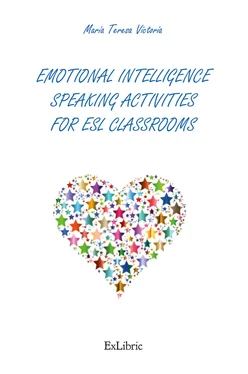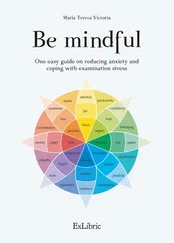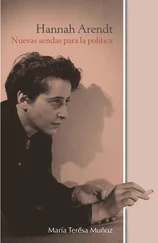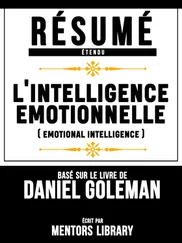You may like to play The Alphabet song!. It makes it all nice and lively to spread out at random, cut-out letters, or perhaps ask for a volunteer to hand the letters out to their classmates as they are getting in first of all, and then at one point, repeat the sounds of the Alphabet by having each student call out loud their letters one at a time. The effect is very dynamic when you hear the voices of the students from different spots in the classroom like a ping pong ball bouncing from one to another.
You can close up this first session by picking up some colours of your choice to be spelt slowly and quietly as it is their first time. For example, “red”. Ask the students to get up as they hear the sound of the letter written on their cut-out flashcard. Then get them all together somewhere visible where the rest of their classmates can see the whole word that has come up with each one of the letters: R - E - D. And sit back down.
Note that this activity can be used to learn and practice numbers and figures as well!
3. Book-crossing

This is a variation of “Indian secrets” (activity 17 page 63) where we take the opportunity to exchange good reads with classmates during dinner at a favourite British “national food” restaurant. A good activity to close-up the first term, for instance, before school breaks up for Christmas.
The proposal is to bring a book that you have really enjoyed and would like to recommend and give away. The books are placed on the table on arrival and stay there during dinner. At some point during the meal the students recommend their books which naturally opens up never ending topics of conversation. Everybody will leave the place with a new book in their hands.
4. Bring in an object

Once upon a time when I was an English student myself in Jane Austen´s Bath (South West England) we were asked to bring in an artifact to this Multicultural training course where we would mix with interesting students from other European countries. The course objectives being to discuss cultural issues.
Our “Introduce yourself” session was presented as a Monologue in which we were to tell our classmates about this object from our countries that we had brought with us. Some time later I used The Artifact activity as a speaking task for my Intermediate to Advanced students in mixed-culture groups.
Invite your students to bring in an object that has a meaning to them because they are representative of something, they have been made by someone special or hide an interesting story. Organise the class in small groups of three or four students that will take turns to present their objects and explain why they brought it in today. Every student will speak for about three minutes allowing extra time between one and another for follow-up talk if needed.
The engagement in this activity is enormous as not only are the students sharing fascinating stories of the objects but also connecting bits of their more personal bubbles to the open classroom, which always provides “food for talk” when it comes to something one is really fond of. It is also perfect to enlarge vocabulary lists of descriptive words, expressions and grammar usage.
5. Chain of affection

After all that work my mind just went totally blank and that was the end of my exam
The times I have heard good hardworking students say this, is innumerable. Which is one of the reasons why I got more and more involved with Emotional intelligence activities in the classroom, and Mindfulness practices as a result of all the research.
To do this activity you might like to have had your students trained gradually before as this might feel “a bit too much” to some. The proposal is to build up a sense of belonging and significance, destress the classroom and generate a warm feeling of security before the exam, in a non-punitive environment.
Place your group up forming two concentric circles and tell them there will be some music played at some time. The students in the inner circle will stay still at all times keeping their eyes closed. When the music is heard the students in the outer circle move to one side (all right or all left) until the music stops. At this point one student in the inner circle will be facing one student in the outer circle. With their eyes wide open now the student in the inner circle will signal “one” or “two” with their fingers, one meaning a hug, two meaning two kisses on both cheeks as the Spanish do.
This exercise can be enhanced by a previous brief Mindfulness practice to help students “arrive” and get rooted to the present moment.
6. Christmas wishes
Here are three practices you can try with your students around Christmas time.

Liar’s Club and Christmas tree of wishes
The first one worked really well with my Intermediate blended-learning group as a complement for our own version of Liar’s Club (a game based learning activity brilliantly presented and performed by volunteer students, based on an American production by Ralph Andrews where a panel of celebrity guests offered explanations of obscure or unusual objects; contestants attempted to determine which explanation was correct in order to win prizes). We used our own Christmas vocabulary definitions, for instance, two false descriptions of “poinsettia” next to the real one which contestants had to get right before receiving their Christmas gifts.
The Christmas tree of wishes is made up with star-shaped cutouts of different size and colour, given to students to write their wishes. All wishes are good. And some in particular are excellent for reading out loud, discussing and reflecting upon them!
There is a grammar structure involved here —I wish— which the students not always understand, so the activity, which may seem naive at first, ends up being an extraordinary “memory game” that helps students fix the structure quite well. Some time before the show allow a few minutes for the students to write their sentences on the stars, then get them pinned up on a board somewhere visible in the classroom. Soft Christmas lights can be added around the stars to give the classroom a good background light that makes the Liar’s Club show look really professional.
This third activity adapted for ESL students from Emotional Intelligence training courses was organised during the run-up to Christmas in the beginners group. The Advent Calendar is a non-complicated activity that can complement your lessons as a vocabulary revision and consolidation unit. To build up a vocabulary Advent Calendar we displayed images representing the objects in the textbook Vocabulary bank under a real chocolate advent calendar, and provided a box with “Christmas wishes” tags. The Advent Calendar (with photos and tags available) is put on display where every one can see. Every day a volunteer comes to the Advent Calendar and writes a sentence on the tag before it gets pinned around the Advent Calendar, for example, all I want for Christmas is a mobile phone. Then they take the chocolate hidden under the numbered cardboard windows in the calendar.
Читать дальше
















